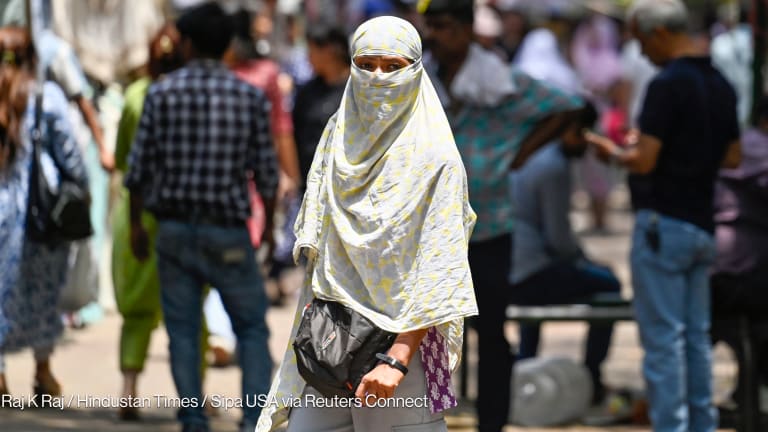
Calamities have become “natural” to Filipinos.
More than 20 typhoons visit the country every year, on top of regular earthquakes and seasonal flooding that claim scores of lives and destroy billions in infrastructure and property each year. But despite all this, disaster risk management and climate adaptation efforts in the country are still pretty much in their infancy.
After Super Typhoon Haiyan recently ravaged the central Visayas region, these mechanisms are once again in the spotlight. How can the Philippines better prepare and respond to natural disasters like these? By bridging science and policy, a government official said.
“It’s really bridging science with policy. You cannot be spending for something you don’t know what you’re spending for,” Climate Change Commission Secretary Lucille Sering told Devex. “We need to be able to downscale the science and support science-based planning and policies … so expenditure will be aligned on the bases of these plans to adapt to climate change.”
The Philippine government currently has three policies in place focusing on disaster risk management and climate change adaptation but, according to Sering, the effects of these will take time to be felt and may find it hard to reach local governments — which are the most vulnerable — in time.
The policies comprise a climate change act, a disaster risk management act and the creation of a people’s survival fund, all implemented in the past four years. Although these mechanisms involve several national agencies and local government units as well as ready access for funding, all the planning was overshadowed by the unprecedented and overwhelming fury of Haiyan.
And it’s not over yet. With three more storms expected to enter the Philippine area of responsibility before the end of this year, pressure is not only on humanitarian groups, but also on scientists and policy makers.
Immediate action
As a direct effect of global warming, scientists predict that increasingly stronger typhoons will form in the near future, so the need to heighten efforts to mitigate the effects is urgent.
“We’re really running against time. What happened here can be an early warning signal to the world. We’re the first to suffer but eventually all of us will become victims,” Sering noted. “We’ll see destruction as massive as this every year. [There are steps taken] but we cannot do it alone because the cause of climate change needs global response.”
The Philippine government must thus fast-track progress of these policies while providing support to local governments in far-flung areas where help is most needed, she added.
Infrastructure development, urbanization and land-use plans should also be in line with disaster mitigation and climate change plans, or money will go down the drain in the long run.
A disaster response expert agreed, saying that the international community’s relief response has improved over time, but more work is needed, especially at the local level.
“The international community has learned a great deal from recent disasters,” said Paul Arbon, director of the Torrens Resilience Institute in Adelaide, Australia. “Much of this is dependent on the resumption of effective government which also takes a few days because, naturally, leaders and government officials are also [victims of] the event.”
Stay tuned for more special coverage of the Philippine post-typhoon aid response on the ground in the coming days.
Read more:








